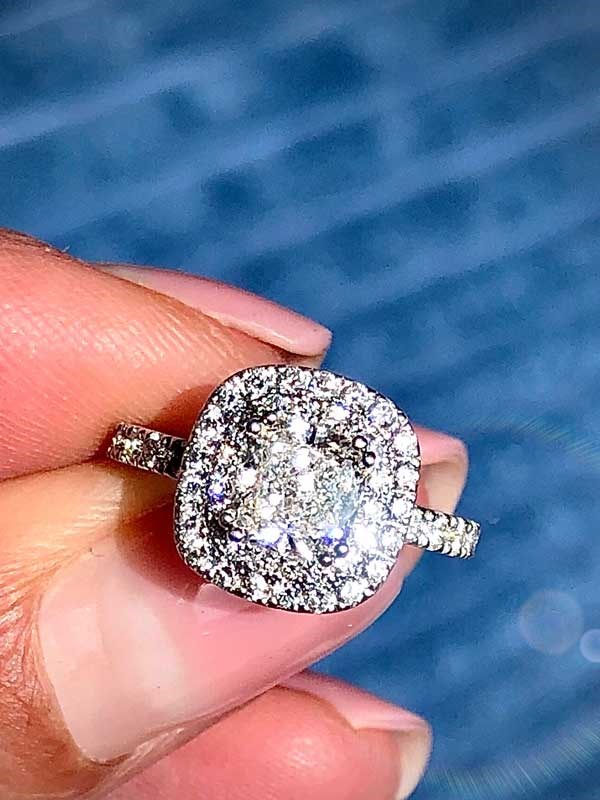Ask Suman Bakshi, a diamond expert and founder of Vancouver’s Lux Jewels, what business she is in, and you might be surprised at her answer.
“I’m in the business of people; my product just happens to be jewelry,” Bakshi says. “I guide my clients in making the best choice for them by learning their needs and wants, and building lasting relationships.”
It’s that commitment to developing trust, combined with her integrity and transparency in an industry that is inherently not, which sets Bakshi apart from others.
She has more than 13 years experience sourcing and selling mined diamonds and she’s been selling lab-grown diamonds for more than three years. This year, nine out of 10 engagement rings Bakshi sold have been lab-grown diamonds.
Unlike mined diamonds, which were formed around 150-200km below the earth’s crust billions of years ago, lab-grown diamonds are created by man. Typically, they’re created in the lab using high-pressure and high-temperature to form a diamond crystal, but they can also be “grown” from a seed of a diamond crystal by adding layers through chemical vapour deposition. Lab-created diamonds are real diamonds, not synthetic.
“The Canadian jewelry industry has been slow to accept and embrace lab-grown diamonds,” Bakshi says. “I am an early adopter because my focus is the customer. I’ve always wanted to give people a choice that aligns with their values.”
Bakshi says that she educates her clients because she knows “buying diamonds can be a stressful experience” and that people are worried about being deceived and paying an inflated price.
While lab-grown diamonds have created a disruption to the industry, the 4Cs—cut, colour, clarity and carat—are still the main criteria to keep in mind when shopping.
Not all lab-grown diamonds are the same and not all jewelers will know or disclose information, even if they do know it. Plus, it is not a requirement to list all information on lab-created diamond certification.
“Lab-grown diamonds cost 30-50 per cent less than mined diamonds and they are definitely a better value, but if it seems too good to be true, then it probably is,” Bakshi says.
“I educate my clients on what to look for when shopping for a diamond, man-made or otherwise,” Bakshi adds. “I don’t keep an inventory, as everyone has their own needs and wants. Everything is custom-made specifically for the customer.”
The demand for lab-grown diamonds is driven by millennials as they tend to be responsible shoppers who generally prefer environmentally sustainable options.
“Because of these reasons, interest in man-made diamonds has grown organically without much advertising or marketing from any major player in the industry,” Bakshi says.
Created diamonds are also less expensive than mined diamonds, and that gives millennials the chance to buy bigger diamonds for less.
“Let’s face it, sometimes size matters,” Bakshi says with a laugh.
As for whether she would choose a mined or lab-grown diamond for her own engagement ring, that’s an easy answer: “I’m a big fan of lab-grown diamonds and when the right guy comes along, I’ll let him know.”
To find out more about lab-grown diamonds, call Suman Bakshi at 604-889-5227 or visit luxjewels.com.



